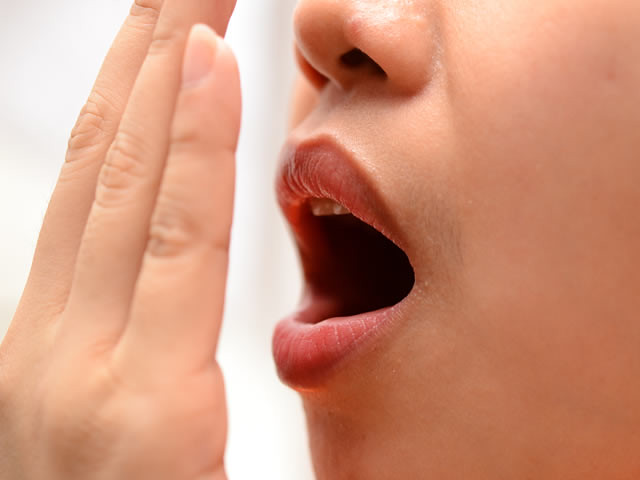 People can suffer from numerous dental conditions, some of which may seem more severe than others. All dental conditions, though, no matter how major or minor they seem, should be addressed to help ensure optimum dental health in both the present and the future. One of the most commonly downplayed dental issues that could end up seriously affecting a person’s overall dental health is bad breath.
People can suffer from numerous dental conditions, some of which may seem more severe than others. All dental conditions, though, no matter how major or minor they seem, should be addressed to help ensure optimum dental health in both the present and the future. One of the most commonly downplayed dental issues that could end up seriously affecting a person’s overall dental health is bad breath.
What is Bad Breath?
Technically termed halitosis, bad breath occurs when an individual’s mouth emits a foul or generally unsavory odor. Although this might not seem like an immediately major dental issue, although it can certainly be discomfiting and embarrassing, it could end up leading to more serious dental conditions in the long run.
Health Problems Associated with Bad Breath
Although everybody can experience bad breath from time to time, having persistent bad breath can be a warning sign of periodontal disease. Periodontal disease, also simply referred to as gum disease, is caused by a buildup of plaque on the teeth. If left untreated, periodontal disease can damage the gums and jawbone.
Other more serious problems that bad breath can be an indicator of are yeast infections, dental cavities and dry mouth. Saliva is needed to neutralize the acid caused by plaque and to wash away the dead cells that accumulate on the tongue, teeth and cheeks. When the mouth gets extremely dry, it’s because it doesn’t have enough saliva to do this, and it leads to bad breath. Having a persistently dry mouth, though, could be indicative of a problem with the salivary glands or a side effect from medications.
Various other conditions that bad breath could be an indicator of include ones like diabetes, bronchitis, postnasal drip, chronic sinus infections and liver or kidney problems.
What Causes Bad Breath?
 Bad breath is generally caused by poor dental habits and eating certain types of food too often. For instance, not regularly brushing and flossing teeth results in food particles remaining in the mouth, which leads to the promotion of bacterial growth. This growth of bacteria what causes bad breath. Foods like garlic and onions leave individuals with bad breath because the foods must be digested and absorbed into the bloodstream where they travel back up to the lungs and are emitted via the breath. Until the foods have completely passed through the body, their odor could keep resurfacing through the breath.
Bad breath is generally caused by poor dental habits and eating certain types of food too often. For instance, not regularly brushing and flossing teeth results in food particles remaining in the mouth, which leads to the promotion of bacterial growth. This growth of bacteria what causes bad breath. Foods like garlic and onions leave individuals with bad breath because the foods must be digested and absorbed into the bloodstream where they travel back up to the lungs and are emitted via the breath. Until the foods have completely passed through the body, their odor could keep resurfacing through the breath.
Prevention of Bad Breath
There are various measures individuals can take to help prevent bad breath from occurring. Practicing good oral hygiene by brushing twice a day with a fluoride toothpaste and seeing the dentist regularly, at least twice a year, are just a couple of things individuals can do. Additionally, they can stop smoking and chewing tobacco products if they engage in these habits, drink lots of water and keep a log of the food that they eat and the drugs that they take since sometimes certain foods and drugs can be attributed to bad breath.
Treatment of Bad Breath
If it’s determined that an individual has a serious case of bad breath, then a dentist can treat it. Usually, bad breath is treated as gum disease is treated with a thorough cleaning and scraping of the gums and roots. However, if dentists find that the patient suffering from bad breath has good oral habits and an otherwise healthy mouth, then they might refer them to their family doctors for further evaluation.
References:
PubMed Health Glossary. “Bad Breath (Halitosis).” Retrieved on October 14, 2015, http://www.ncbi.nlm.nih.gov/pubmedhealth/PMHT0025397/.
National Center for Biotechnology Information
U.S. National Library of Medicine
8600 Rockville Pike,
Bethesda MD, 20894 USA
http://www.ncbi.nlm.nih.gov/
Images:
https://farm1.staticflickr.com/574/20874432179_9db7c95620_z.jpg
https://farm8.staticflickr.com/7285/15877061213_0e2897d19b_z.jpg